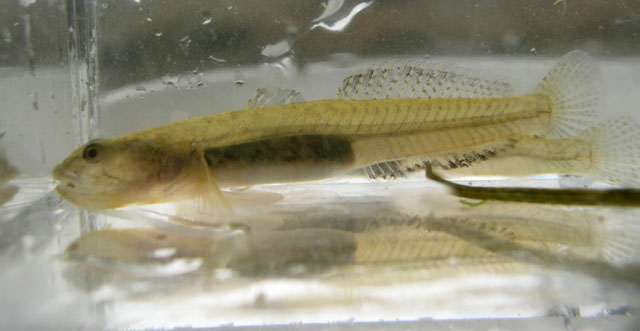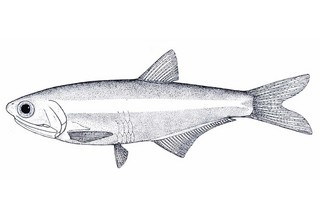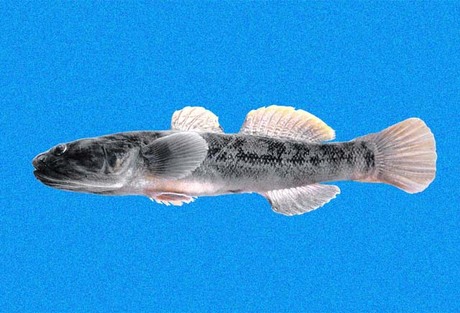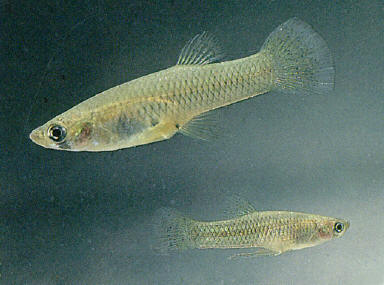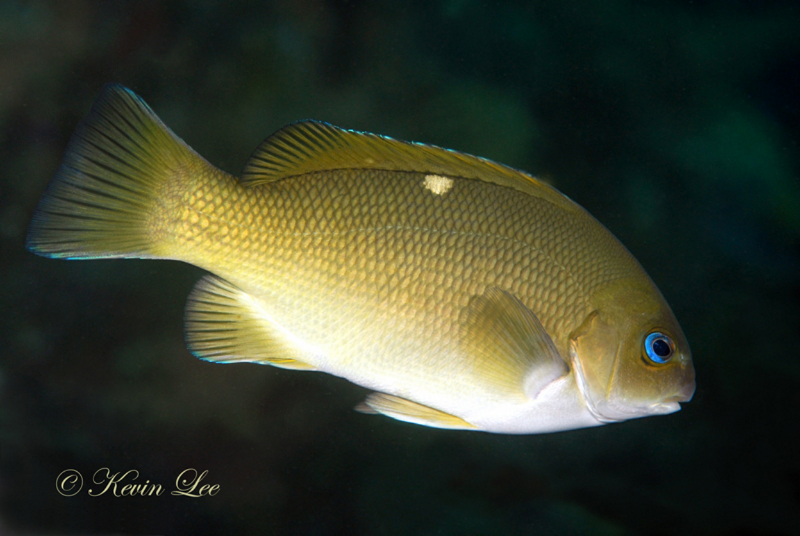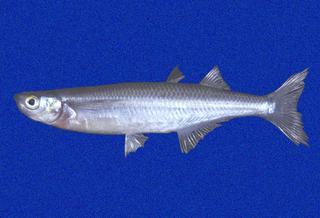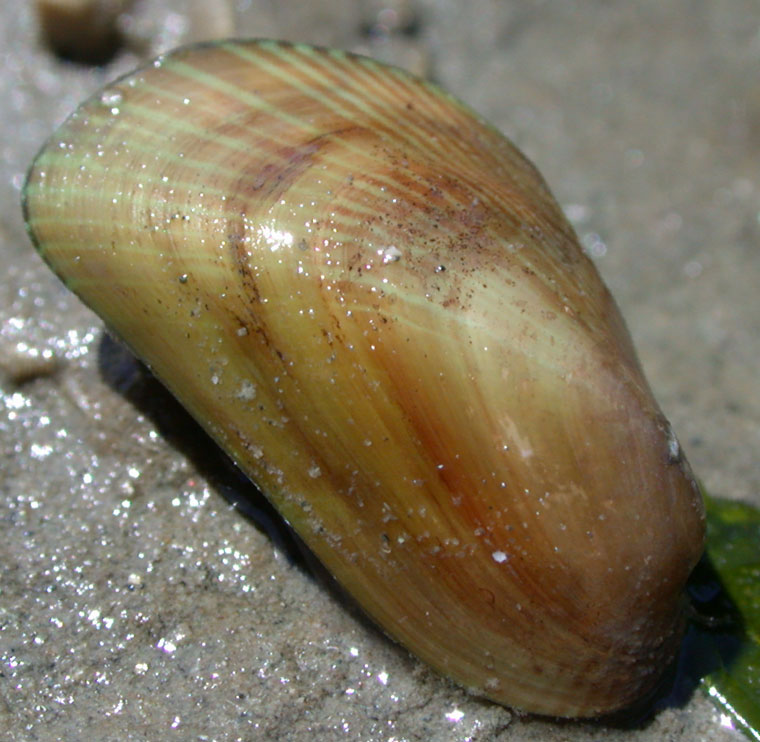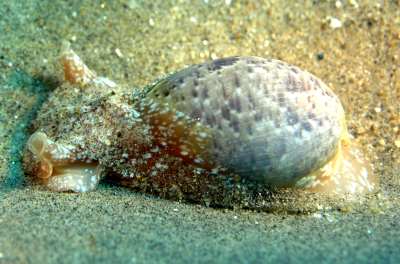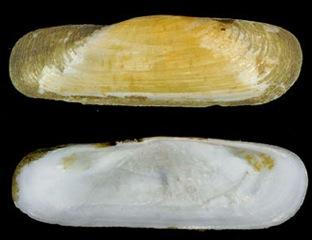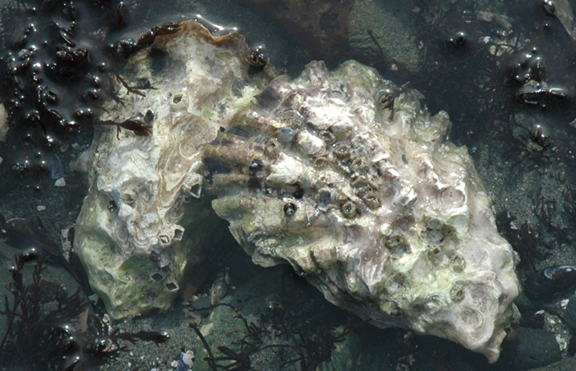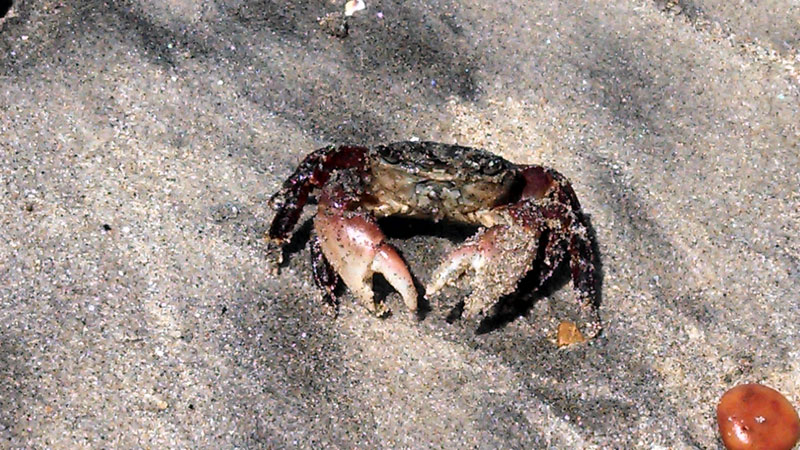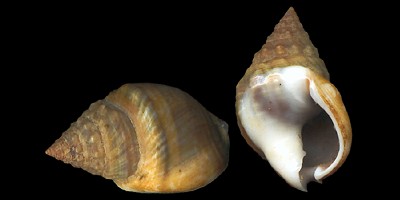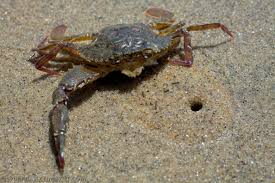FISH & INVERTEBRATES
FISH
Fish are an essential part of the wetland food chain because of their role in nutrient cycling and because, as prey items, they have the potential to transfer energy from a marine environment to a terrestrial environment. This is especially important at Los Peñasquitos Lagoon, where fish are prey to endangered birds such as the California least tern and the light-footed Ridgway’s rail.
Because of its history of periodic inlet closures and sewage spills, the fish assemblage at the Lagoon fluctuated in terms of diversity and relative abundance. Inlet closure during warm periods led to rapid deterioration of water quality and resulted in mortality of fishes, sometimes on a massive scale. Once the inlet opened naturally or was opened mechanically, fish eggs, larvae, juveniles, and adults recruited from the shallow nearshore habitat and prospered in the Lagoon until the inlet closed again. With inlet management by LPLF, fish populations have become more stabilized. Sewage spills in the Lagoon have also contributed to periodic large-scale fish kills as DO quickly dropped to toxic levels. The most recent occurrence happened on September 9, 2011, during a region-wide power failure that resulted in an estimated 2.3 million gallons of raw sewage discharged just upstream of the Lagoon; widespread fish kills were documented by CSP and the San Diego Coastkeeper.
Monitoring efforts at Los Peñasquitos Lagoon have detected the numerous species that include:
“I’ve done it all, but mainly I’ve enjoyed studying fish and being underwater with them, being in their natural habitat, looking at the fish and the fish looking at me.”
– Eugenie Clark
Common Name: Arrow goby
Scientific Name: Clevelandia ios
More Info
Common Name: California halibut (also California flounder)
Scientific Name: Paralichthys californicus
More Info
Common Name: California killifish
Scientific Name: Fundulus pavipinnis
More Info
Common Name: Deepbody anchovy
Scientific Name: Anchoa compressa
More Info
Common Name: Longjaw mudsucker
Scientific Name: Gillichthys mirabilis
More Info
Common Name: Mosquitofish
Scientific Name: Gambusia affinis
Status: Invasive and most likely introduced for vector management
More Info
Common Name: Opaleye
Scientific Name: Girella nigricans
More Info
Common Name: Topsmelt
Scientific Name: Atherinops affinis
More Info
Common Name: Yellowfin Goby
Scientific Name: Acanthogobius flavimanus
Status: Invasive
More Info
INVERTEBRATES
Much like fish, benthic invertebrates are essential to wetlands because of their role in nutrient cycling and because, as prey items, they also have the potential to transfer energy from a marine environment to a terrestrial environment. They are especially important prey items for migratory and resident shorebirds.
Monitoring efforts at Los Peñasquitos Lagoon have detected the numerous species that include:
If we and the rest of the back-boned animals were to disappear overnight, the rest of the world would get on pretty well. But if the invertebrates were to disappear, the world’s ecosystems would collapse.
– David Attenborough
Common Name: Asian mussel
Scientific Name: Musculista senhousei
Status: Invasive
More Info
Photo by Mike Hastings
Common Name: Bubble snail
Scientific Name: Bulla gouldiana
More Info
Common Name: California jackknife clam (also California tagelus)
Scientific Name: Tagelus californianus
More Info
Common Name: Pacific oyster
Scientific Name: Crassostrea gigas
Status: Invasive
More Info
Photo by Mike Hastings.
Common Name: Purple shore crab
Scientific Name: Hemigrapsus nudas
More Info
Common Name: Western mud snail
Scientific Name: Nassarius tegula
More Info
Common Name: Xantus swimming crab
Scientific Name: Portunus xantusii
More Info
 Live conditions
Live conditions
As of 8:03 PM PDT,
April 27
Temp: 59.9 F (15.5 C)
Humidity: 85%
Wind: From the SSW
at 5.0 MPH Gusting
to 5.0 MPH
Pressure: 29.79″
